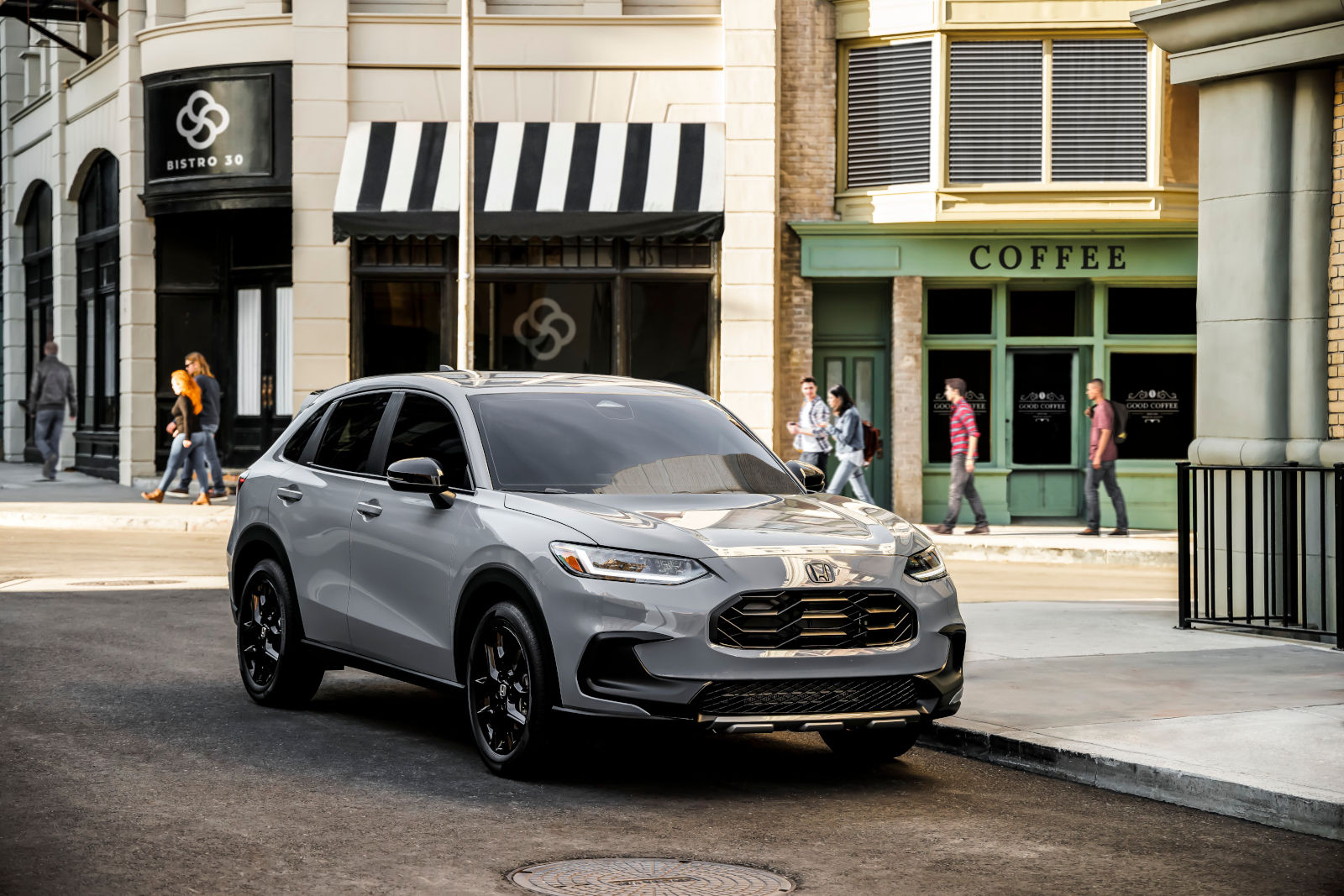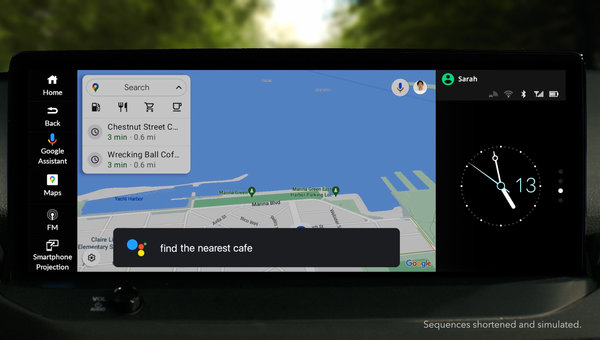2025 Honda Civic Hatchback vs HR-V: 10 Key Differences
May 13 2025,

You're looking at two popular Honda models that solve different problems. The 2025 Honda Civic Hatchback focuses on performance and fuel savings. The 2025 Honda HR-V gives you SUV height and all-wheel drive.
Both cars offer Honda's proven reliability and safety features. Here are the 10 main differences that will help you pick the right one.
Power Options: Hybrid vs Single Engine
The Civic Hatchback gives you two engine choices. You get a standard 2.0-litre engine with 150 horsepower, or a hybrid system that makes 200 horsepower total. The hybrid delivers 232 lb-ft of torque right away.
The HR-V keeps things simple with one 2.0-litre engine across all trims. It makes 158 horsepower and 138 lb-ft of torque. This setup works well for daily driving but won't match the hybrid's quick acceleration.
All-Wheel Drive: Available vs Not Available
The HR-V offers all-wheel drive on three of its four trim levels. Honda's Real Time AWD system helps you handle snow, ice, and wet roads better. It automatically sends power to the wheels that need it most.
Every Civic Hatchback comes with front-wheel drive only. This keeps the car lighter and more fuel-efficient, but you lose traction help in bad weather.
Fuel Economy: Hybrid Wins Big
The Civic Hatchback hybrid uses just 5.0 L/100km in mixed driving. That's about 200 km more per tank than most cars. The regular Civic uses 7.0 L/100km, still good for a sporty car.
HR-V fuel use depends on which wheels get power. The front-drive model uses 8.3 L/100km. Add all-wheel drive and consumption goes up to 8.7 L/100km. You'll spend more on gas with the HR-V.
Cargo Space: Very Close Numbers
Cargo space is nearly identical between these cars. The HR-V holds 691 litres with seats up and 1,559 litres with seats folded. The Civic Hatchback offers 693.8 litres - slightly more space in a lower car.
The Civic's lower floor makes loading heavy items easier. The HR-V's higher floor puts cargo at a more comfortable height for lifting.
Seating Position: Low vs High
The HR-V sits you 177.5mm off the ground. This higher position gives you a better view of traffic and makes getting in and out easier. Many people find this SUV-style seating more comfortable.
The Civic Hatchback sits lower at 134.0mm ground clearance. You sit closer to the road with a sportier feel. This works better if you like the connected feeling of a performance car.
Technology Features: More in Top Civic
The Civic Sport Touring Hybrid gets Google built right into the dashboard. You also get Amazon Alexa, wireless phone connection, and a 12-speaker BOSE sound system.
The HR-V's top EX-L Navi trim has a 9-inch screen with navigation and 8 speakers. It covers the basics well but misses some of the advanced tech features.
Pricing Strategy: Different Starting Points
Honda prices these cars for different buyers. The Civic starts with the Sport trim and includes 18-inch wheels, LED lights, and sport styling as standard features.
The HR-V begins with the basic LX trim at a lower price. You get heated seats, safety features, and LED headlights. Higher trims add leather seats and navigation.
Handling: Sport vs Comfort
The Civic Hatchback handles like a sport car. Its lower centre of gravity, firmer suspension, and quick steering make it fun on winding roads. The hybrid adds paddle controls for the regenerative brakes.
The HR-V focuses on comfort instead of sport handling. The softer suspension and higher seating work better for city driving and long highway trips.
Wheels and Tires: Performance vs Comfort
Every Civic Hatchback comes with 18-inch wheels and P235/40 R18 performance tires. These bigger wheels look good and grip the road better in corners.
The HR-V uses 17-inch wheels with P215/60 R17 all-season tires on every trim. These smaller wheels give you a smoother ride and cheaper tire replacements.
Rear Seat Room: SUV vs Hatchback
The HR-V gives rear passengers 958mm of legroom compared to 949.9mm in the Civic. The SUV's upright seating also provides more headroom and easier entry.
The Civic's lower roofline means less rear headroom, but the seats are still comfortable for most adults on shorter trips.
Which Honda Fits Your Life?
Pick the Civic Hatchback if you want the best fuel economy, sportier handling, and don't need all-wheel drive. The hybrid version saves you the most money on gas while delivering quick acceleration.
Choose the HR-V if you need all-wheel drive for Canadian winters, prefer sitting higher, or want SUV practicality. It costs more to run but handles bad weather better.
Both cars include Honda Sensing safety features, reliable engines, and strong resale values. Your choice depends on whether fuel savings or all-weather capability matters more to you.
Ready to feel the difference between these Honda models? Stop by Lallier Honda Montreal and take both for a test drive to see which one fits your daily routine better.


